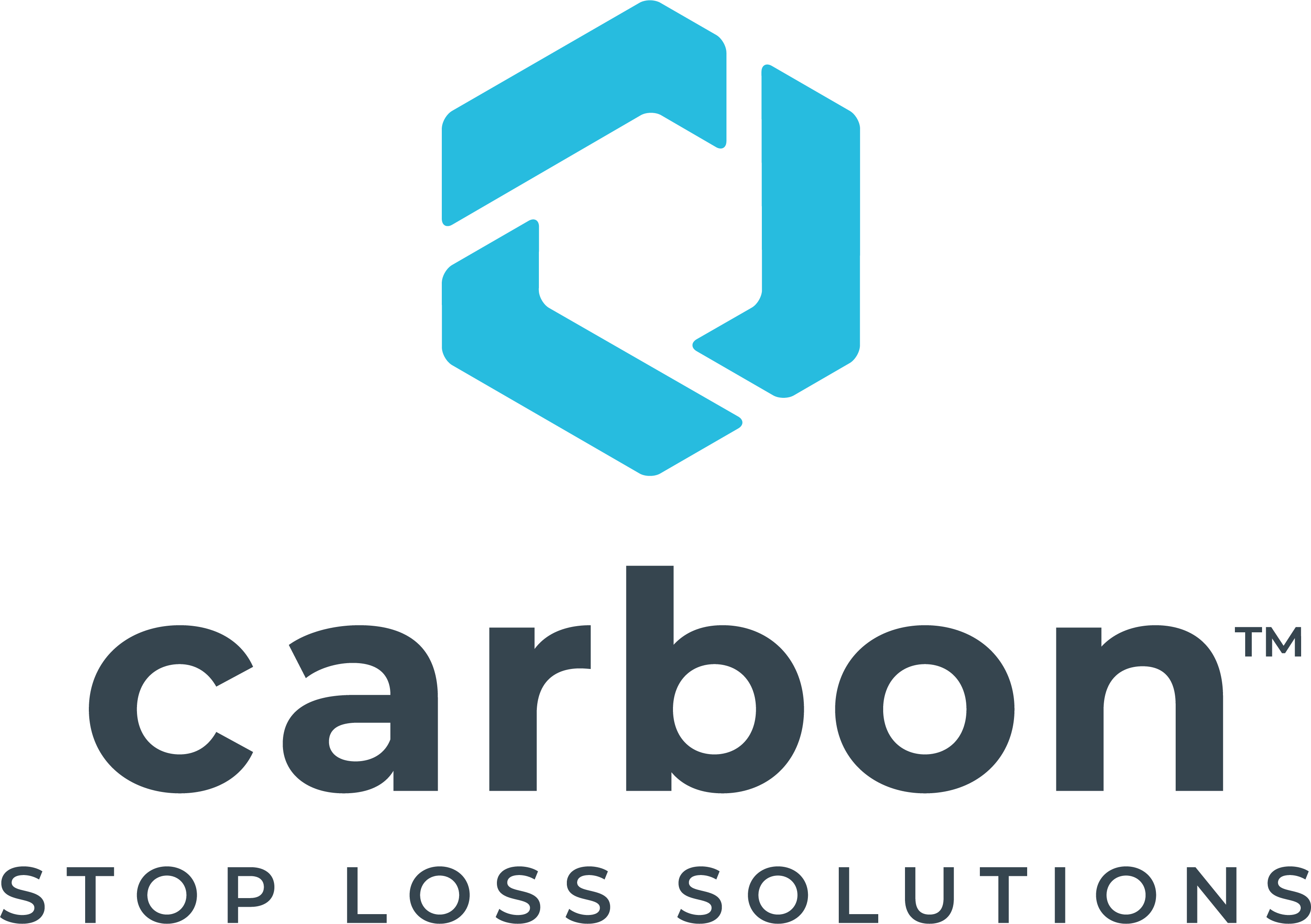Opioid treatment industry outlook: Q&A with AATOD President Mark Parrino

By Krista Mayes, ATP Program Director
Medication-assisted treatment (MAT) has been an integral part of the behavioral healthcare space for decades. Now, as opioid misuse and overdoses continue to surge, so do demands on opioid treatment providers (OTPs) and the sector at large.
To get a holistic view of emerging challenges and opportunities facing providers and the opioid treatment industry overall, I recently sat down with one of ATP’s highly valued partners, Mark Parrino, MPA, Founder and President of the American Association for the Treatment of Opioid Dependence (AATOD). Mark’s deep understanding of the inner workings of the industry and foresight as to what lies ahead offers valuable insight for both agents and insureds.
“There’s a stigma around OTPs that some medical professionals don’t want to be associated with, adding to the fundamental challenge of recruitment and workforce development.”
KM: What are the most significant ways COVID-19 has impacted — and continues to impact — the opioid treatment industry?
MP: Initially the challenges to OTPs were quite significant. These programs, many of which were accustomed to treating 300 to 1,000 patients in person every day, were never designed for social distancing. Some centers closed temporarily for a few days or a week, but they quickly adapted and the 1,800 OTPs across 49 states have largely continued to function.
One issue that persists, however, centers around the workforce. Limited access to physicians, nurses and clinicians due to COVID diagnosis or exposure has been difficult for providers to manage, especially given modified operations and growing demand. These difficulties have only been exacerbated by the ongoing challenge of retaining and recruiting staff. While the work is undeniably important, it’s also incredibly tough. There’s also a stigma around OTPs that some medical professionals don’t want to be associated with, adding to the fundamental challenge of recruitment and workforce development.
It’s important to note there have been several positive developments stemming from the pandemic, namely greater flexibility from the U.S. Drug Enforcement Administration (DEA) and the Substance Abuse and Mental Health Services Administration (SAMHSA) in terms of providers’ hours of operation and their ability to provide patients additional take-home doses at their discretion.
KM: In the face of the growing opioid epidemic, how are providers increasing access to treatment?
MP: Despite the challenges, capacity is growing as the opioid crisis continues. The number of OTPs registering with SAMHSA continues to rise and roughly 50 new providers entered the market in 2020 alone.
We’re also planning to develop more satellite medication units to reach rural and underserved areas of the country. This is a key strategy for increasing access to treatment. In fact, AATOD has been working with the U.S. Drug Enforcement Administration (DEA) over the past five years to create new regulations that would allow OTPs to purchase and use mobile van systems to expand access to care. We expect these regulations to be published over the course of the next several months.
Additionally, there’s the growing use of telehealth, which can be effective for more stable patients. We have found less stable and newly admitted patients still prefer and do best with face-to-face treatment.
While the industry recognizes the need to increase access, we must think strategically about what services we’re providing access to — as well as providers’ ability to treat comorbidities given that opioid abuse is often accompanied by trauma, depression, anxiety, Hepatitis B or C or a number of other health concerns. Broadly speaking, our system needs to be set up and funded properly to provide truly effective treatment over the course of patients’ care.
KM: How do you envision the industry changing in the next 5-10 years?
MP: In the near term, a major initiative will be creating telehealth platforms specific to substance abuse. Longer term, we’ll see significant increases in how MAT is used in correctional settings and the criminal justice system. For example, I think we’ll see more OTP mobile vans being used in instances where correctional facilities don’t want to or are unable to maintain their own MAT programs. We have seen a number of models work successfully in Connecticut, Rhode Island and other states. There is increasing interest in this, especially since research has shown a 60 percent reduction in post-release mortality and a 55 percent reduction in recidivism with these types of programs.
On the horizon we will also see new medications being developed to treat stimulant abuse. We are seeing a major rise in stimulant abuse, which is in line with history that tells us major opioid epidemics are followed by stimulant epidemics.
KM: What type of impact do you anticipate the Biden administration having on the industry?
MP: I’ll start by saying AATOD is a nonpartisan organization and that I have had the privilege of working with every administration since the Reagan era. Given how quickly President Biden’s team has come out of the gate with COVID-19 relief packages, we believe the current administration will be more sensitive to increasing funding, including block grant funding, and improving access to care for opioid use disorder.
The President’s future appointments will be a major indicator of the direction he intends to take. It remains to be seen who will oversee the Office of National Drug Control Policy (ONDCP). We are encouraged by the President’s appointment of Dr. Miriam Delphin-Rittmon as the Assistant Secretary for Mental Health and Substance Use in charge of SAMHSA.
In reality, building and maintaining an infrastructure to effectively address substance abuse is a long-term endeavor. It requires a great deal of alignment among regulators, advocacy groups and providers; innovative thinking; and, of course, a helpful dose of optimism.












